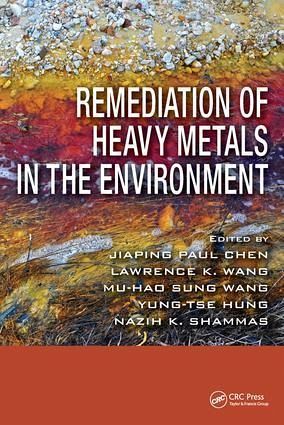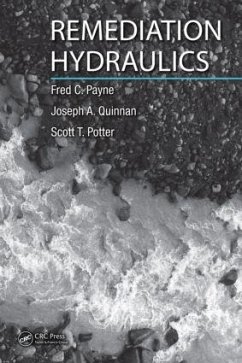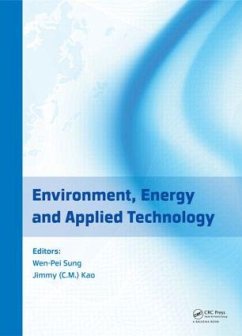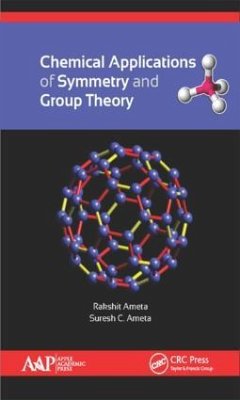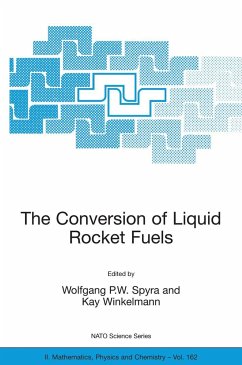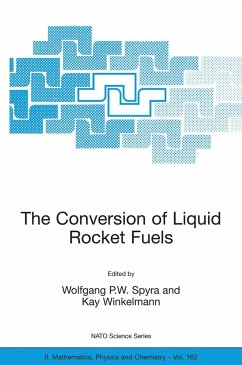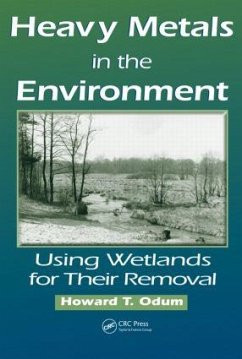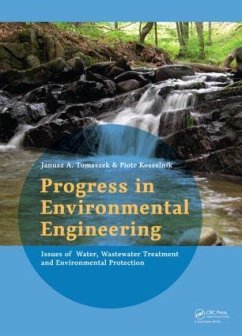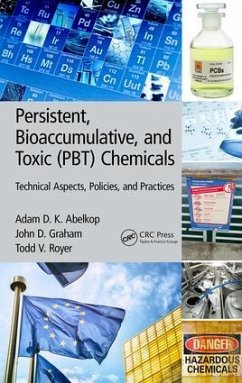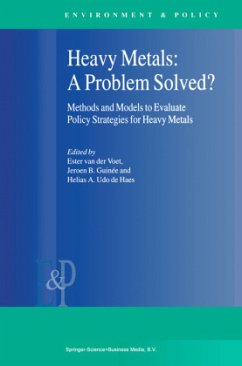Lawrence K. Wang has over 25 years of experience in facility design, plant construction, operation, and management. He has expertise in water supply, air pollution control, solid waste disposal. water resources, waste treatment, hazardous waste management and site remediation. He is a retired dean/director of both the Lenox Institute of Water Technology and Krofta Engineering Corporation, Lenox, Massachusetts, and a retired VP of Zorex Corporation, Newtonville, New York. Dr. Wang is the author of over 700 papers and 33 books, and is credited with 24 U.S. patents and 5 foreign patents. He received his BSCE degree from National Cheng-Kung University, Taiwan, ROC. his MS degrees from both the Missouri University of Science and Technology, Rolla, Missouri and the University of Rhode Island, Kingston, Rhode Island, and his PhD degree from Rutgers University, New Brunswick, New Jersey. Jiaping Paul Chen is a professor of Environmental Science & Engineering in National University of Singapore. His research interests are physicochemical treatment of water and wastewater and modeling. He has published more than 80 journal papers and book chapters with citation of above 1000 and H-index of 18. He has received various honours and awards, including Guest Professor of Hua Zhong University of Science and Technology, and Shandong University of China, and Distinguished Overseas Chinese Young Scholar of National Natural Science Foundation of China. He is recognized as an Author of highly cited papers (Chemistry and Engineering) of ISI Web of Knowledge. Dr Chen received his M.Eng degree from Tsinghua University of Beijing and his PhD degree from Georgia Institute of Technology of Atlanta, Georgia. Yung-Tse Hung has been a professor of civil engineering at Cleveland State University since 1981. He is a Fellow of the American Society of Civil Engineers. He has taught at 16 universities in eight countries. His primary research interests and publications have been involved with biological wastewater treatment, industrial water pollution control, industrial waste treatment, and municipal wastewater treatment. He is now credited with over 450 publications and presentations on water and wastewater treatment. Dr. Hung received his BSCE and MSCE degrees from National Cheng-Kung University, Taiwan, and his PhD degree from the University of Texas at Austin. He is the editor of International Journal of Environment and Waste Management, International Journal of Environmental Engineering, and international Journal of Environmental Engineering Science. Nazih K. Shammas is an environmental expert, professor and consultant for over forty years. He is an ex-dean and director of the Lenox Institute of Water Technology, and advisor to Krofta Engineering Corporation, Lenox, Massachusetts. Dr. Shammas is the author of over 250 puhlications and eight hooks in the field of environmental engineering. He has experience in environmental planning, curriculum development, teaching and scholarly research, and expertise in water quality control, wastewater reclamation and reuse, physicochemical and biological treatment processes and water and wastewater systems. He received his BE degree from the American University of Beirut, Lebanon, his MS from the University of North Carolina at Chapel Hill, and his PhD from the University of Michigan at Ann Arbor. Mu-Hao S. Wang is a retired Professor of the Lenox Institute of Water Technology as well as an advisor to Krofta Engineering Corporation, Lenox Massachusetts and is also a retired engineer of the New York State Department of Environmental Conservation, Albany, New York. Dr. Wang is the author of over 30 papers and 1 book, and is credited with 10 U.S. patents and 2 foreign patents. She has experience in hazardous industrial waste treatment, water quality control, NPDES effluent discharge permits, environmental planning and management, and solid wastes handling, treatment and disposal. She received her BE degree from National Cheng Kung University, Taiwan, MSCE from the University of Rhode Island, Kingston, Rhode Island, and PhD from Rutgers University, New Brunswick, New Jersey.
